The village called Sianożęty lies directly at the seaside
Sianożęty is a little resort located at the seaside, westwards from Ustronie Morskie. With years passing by, these two little towns - Sianożęty and Ustronie - have actually become one. In 1939 there were almost 200 inhabitants altogether, now there are about 350 of them.
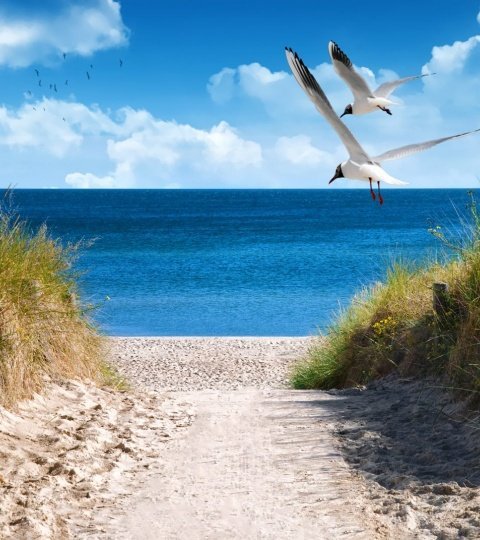

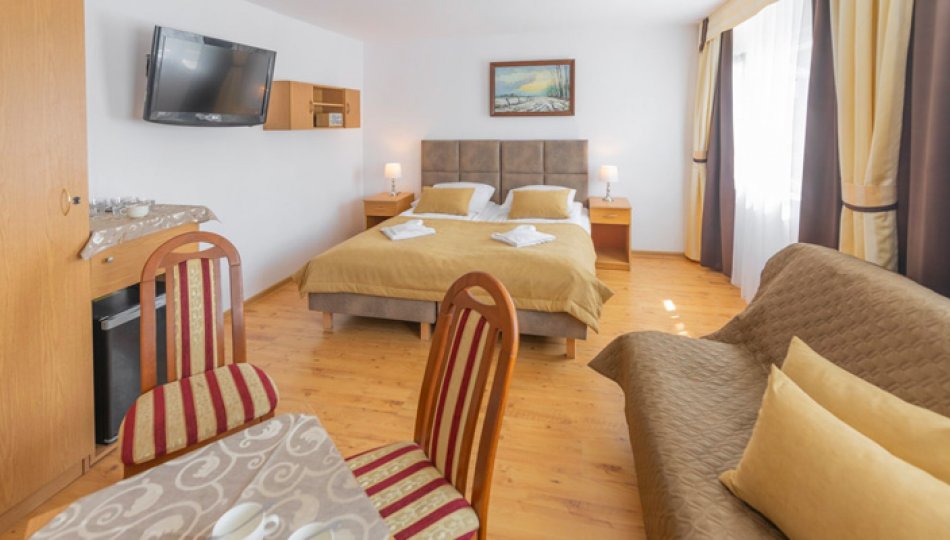
Pokój 3-osobowy w domku z łożem małżeńskim i rozkładaną kanapą - standard
Pokój 3-osobowy w budynku z łożem małżeńskim i rozkładaną kanapą - comfort
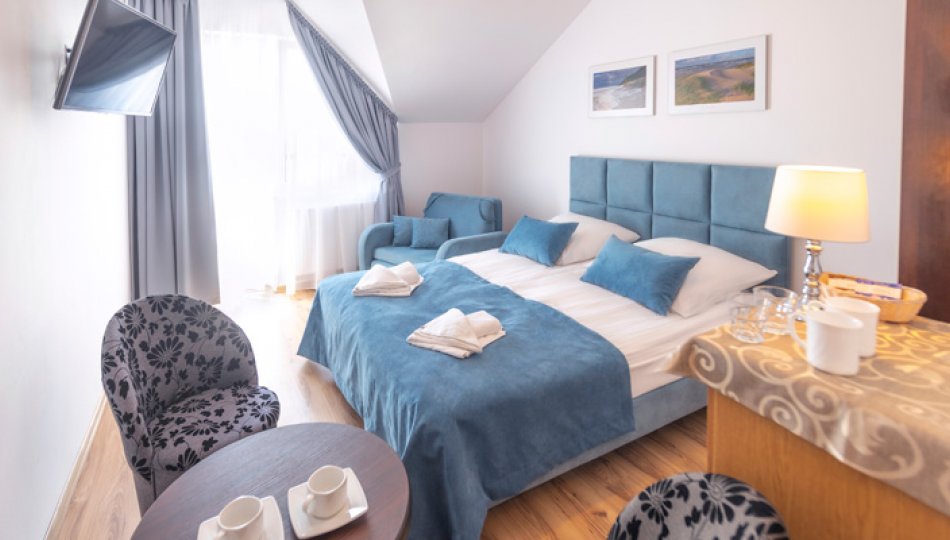

Sianożęty noclegi bezpośrednio nad morzem
Miejscowość Sianożęty to niewielka wieś z naturalnym kąpieliskiem morskim położona nad Morzem Bałtyckim. Wyróżnia się przepięknym krajobrazem bogatym w różnorodne rodzaje drzew oraz nietuzinkowych roślin. Oferuje wiele możliwości wakacyjnych. Jak przystało na Sianożęty, noclegi są w wyjątkowo atrakcyjnych cenach, a co więcej – dostępna jest piękna plaża, której większość polskich miejscowości może jedynie pozazdrościć.
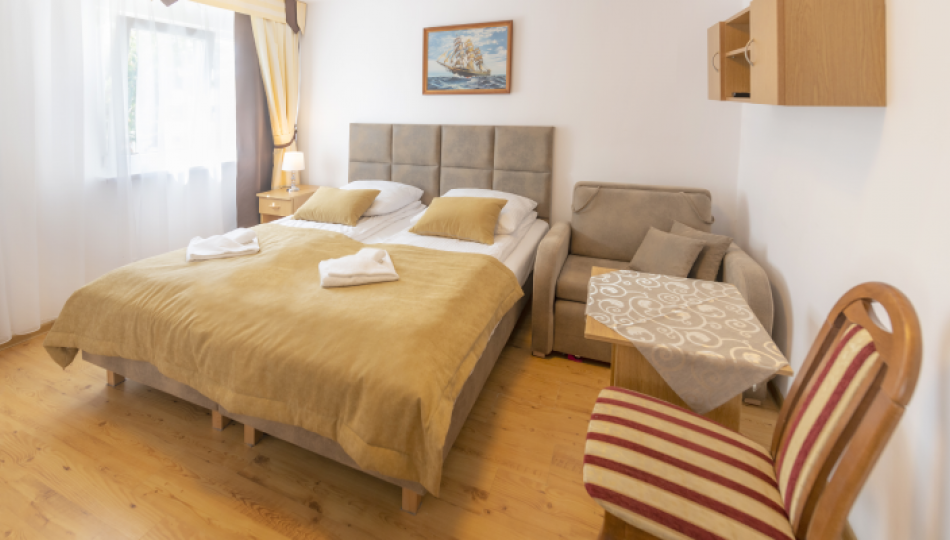
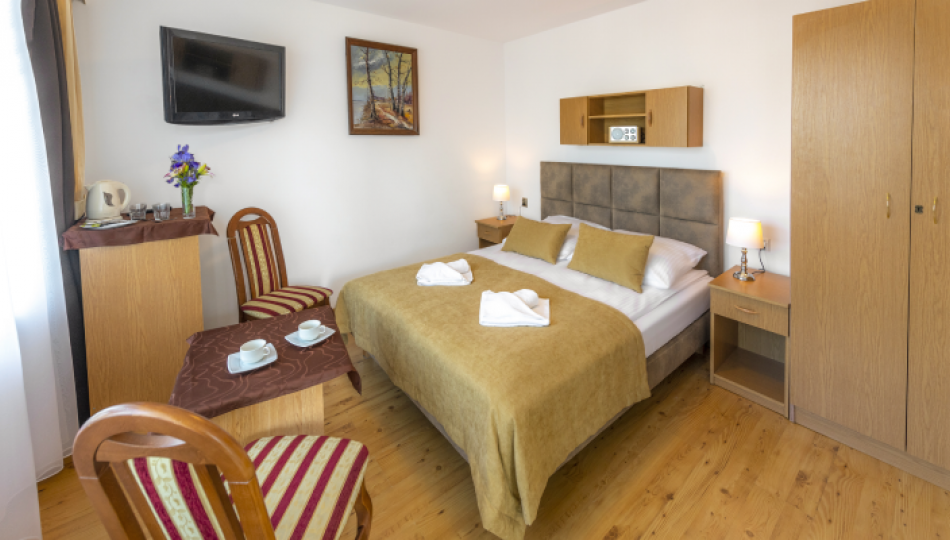
Sianożęty noclegi z pełnym wyżywieniem
Proponujemy Państwu posiłki w formie szwedzkiego stołu. Dostępna w naszym hotelu restauracja prowadzona przez wykwalifikowaną kadrę serwuje polskie pyszne potrawy ze świeżych produktów, pochodzące od zaufanych naszych regionalnych dostawców. Życie kulinarne koncentruje się tam wokół przyrządzania wyśmienitych potraw ze świeżych ryb morskich prosto z kutra. Zadbaliśmy również o wegetarian oraz o dzieci. Każdy w naszej restauracji znajdzie coś smacznego dla swojego podniebienia.

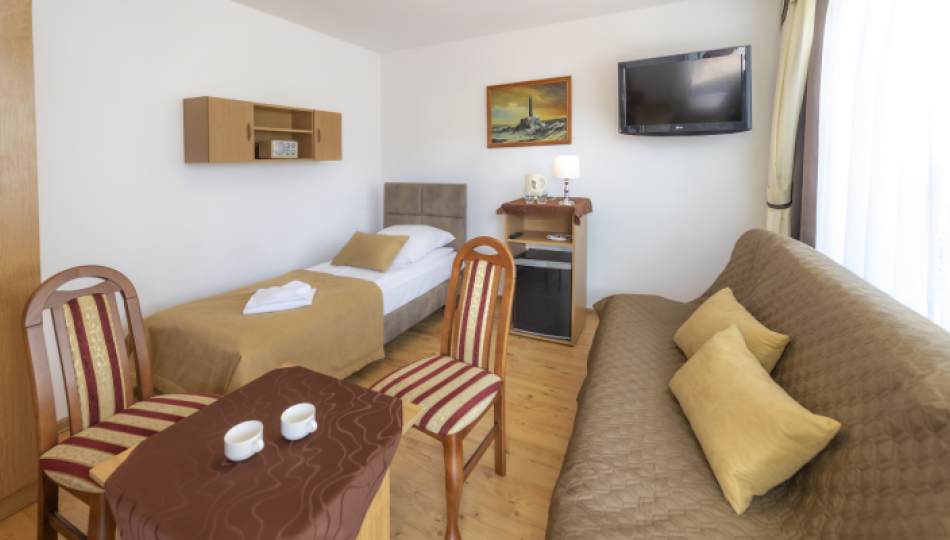
Pokój 2 osobowy w budynku z łożem małżeńskim comfort + dostawka
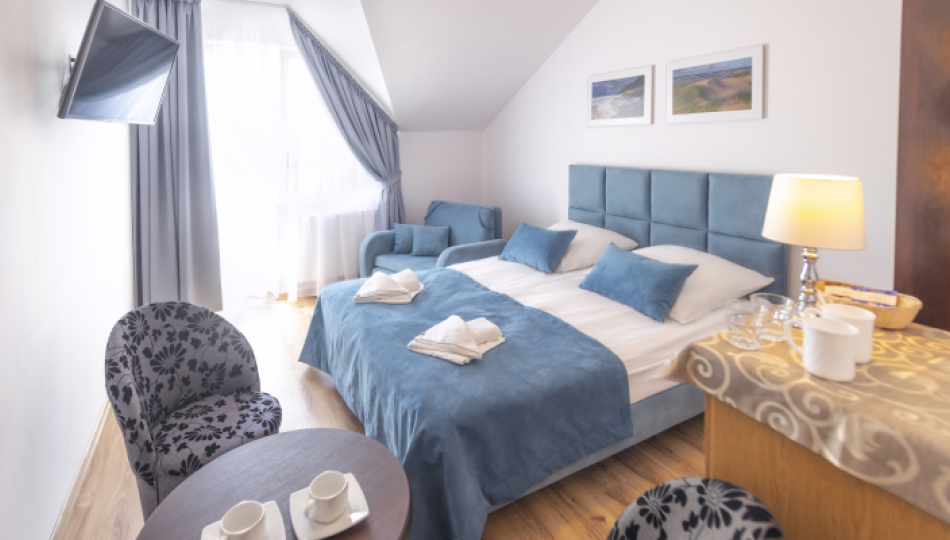
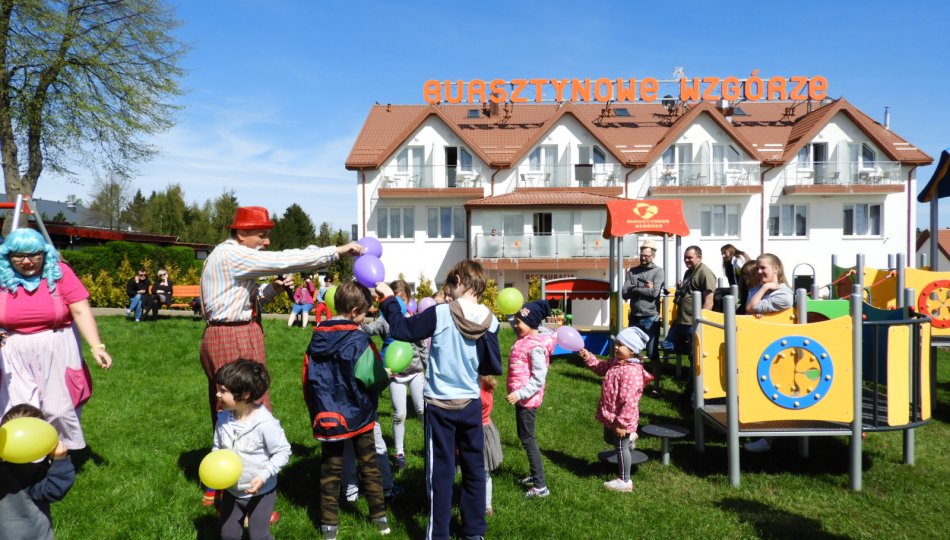
Sianożęty Morskie noclegi i atrakcje dla dzieci
W Bursztynowym Wzgórzu oferujemy atrakcje dla całej rodziny. Kącik Malucha, animacje dla najmłodszych oraz gry i zabawy dla członków rodziny w każdym wieku. Nasze apartamenty i pokoje przy plaży sprzyjają spędzaniu czasu na świeżym powietrzu, a w razie niepogody tylko 2 km dzielą nas od kompleksu basenowo-rekreacyjnego Helios z różnorodnymi zjeżdżalniami, jacuzzi oraz kręgielnią. Noclegi dla dzieci 0–3 lata na wspólnym spaniu z rodzicami – bezpłatnie.
Pokój familijny w budynku (pokój z łożem małżeńskim + pokój z rozkładaną kanapą i łóżkiem 1-osobowym)

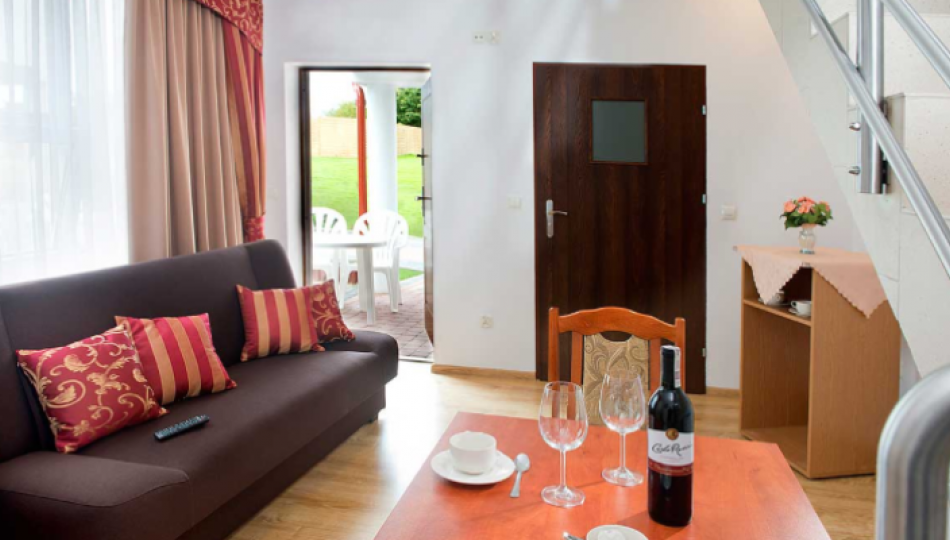
Apartament dla 4 osób
Nowe 3 pokojowe apartamenty: taras + pokój dzienny z kanapą + duża łazienka na parterze + 2 sypialnie na piętrze (sypialnia z łożem małżeńskim + sypialnia z dwoma łóżkami jednoosobowymi). Orientacyjna powierzchnia mieszkalna 43 m2. Dostawienie dziecięcego łóżeczka - istnieje możliwość, wymagana wcześniejsza rezerwacja. Sejf dodatkowo płatny.
Apartament dla 3 osób
Nowe 3 pokojowe apartamenty: taras + pokój dzienny z kanapą + duża łazienka na parterze + 2 sypialnie na piętrze (sypialnia z łożem małżeńskim + sypialnia z dwoma łóżkami jednoosobowymi). Orientacyjna powierzchnia mieszkalna 43 m2. Dostawienie dziecięcego łóżeczka - istnieje możliwość, wymagana wcześniejsza rezerwacja. Sejf dodatkowo płatny.
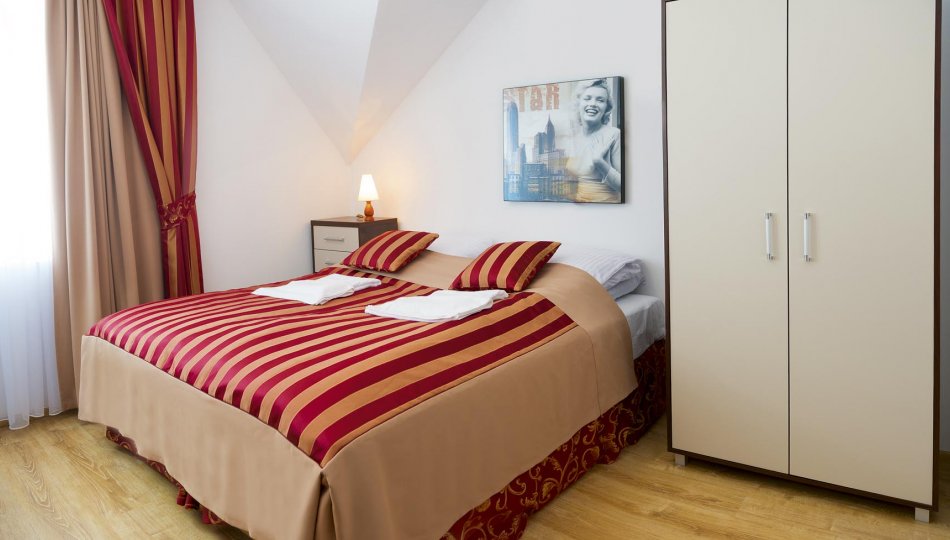
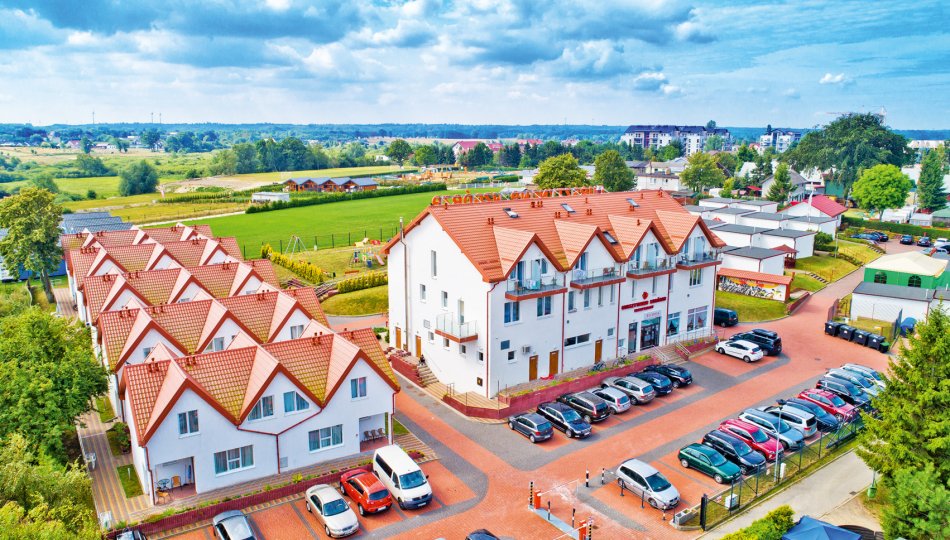
Sianożęty apartamenty i pokoje
Nasza bogata oferta zawiera przede wszystkim przytulne pokoje gościnne, eleganckie i nowoczesne apartamenty oraz komfortowe domki letniskowe, wszystkie o wysokim standardzie i przystępnej cenie, ale to nie wszystko, co mamy do zaoferowania naszym gościom. Każdy, kto zdecyduje się na pobyt w Bursztynowym Wzgórzu, będzie miał do dyspozycji również restaurację, bibliotekę i altanki rekreacyjne, a rodziny z dziećmi mogą dodatkowo skorzystać z usług profesjonalnych animatorów.
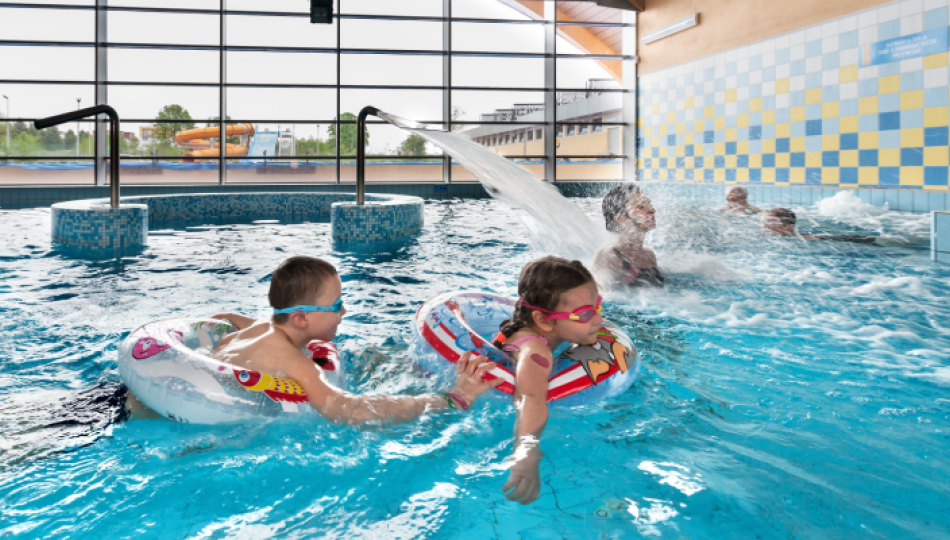
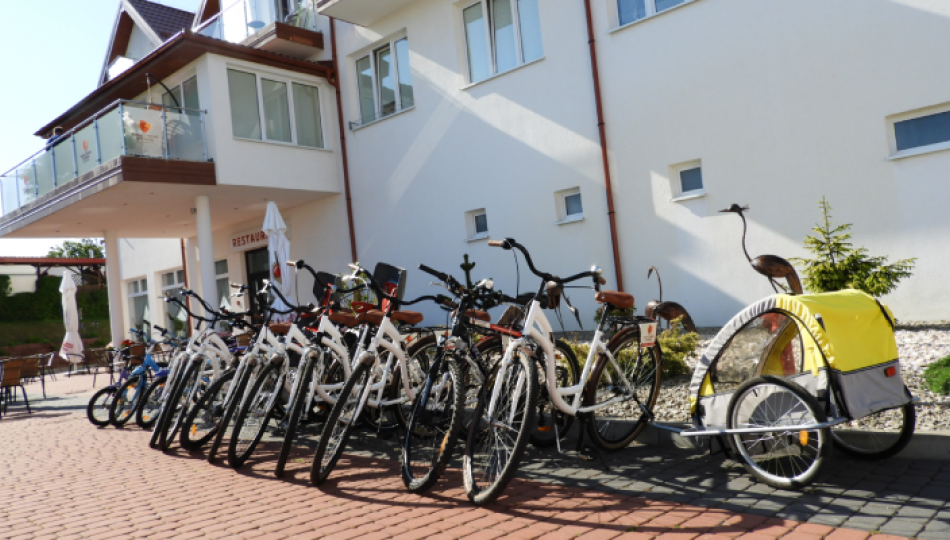
Sianożęty wczasy samochodem i rowerem
Na terenie Resortu Bursztynowe Wzgórze oferujemy naszym Gościom ogrodzony i monitorowany parking. Dodatkowo dla pasjonatów turystyki aktywnej - możliwość wypożyczenia roweru oraz przyczepki rowerowej.
Trasy rowerowe
Ustronie Morskie - Sianożęty - Kołobrzeg
Sianożęty – Ustronie Morskie – Gąski (latarnia Morska) – Sarbinowo – Chłopy
Trasa do dębów, najstarszych w Polsce – „Bolesław” – 800 lat i „Warcisław” – 640 lat, położonych w niedalekim Podczelu
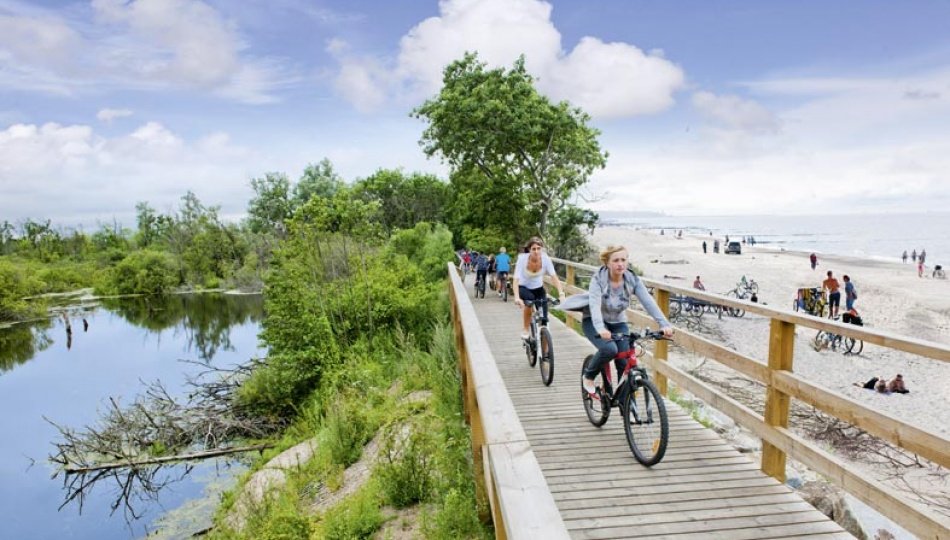
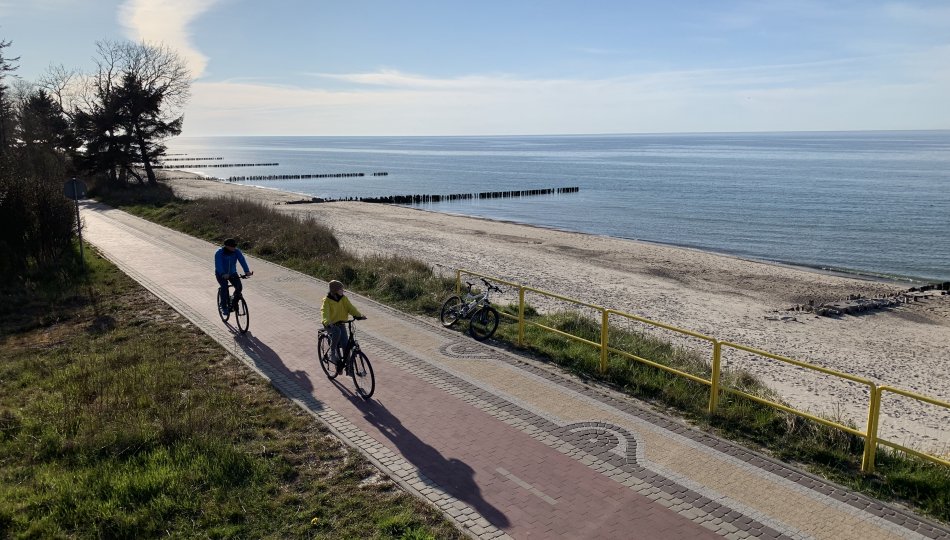
Trasy rowerowe
Koszalin (31km), z wczasowymi atrakcjami kulturowymi
Woliński Park Narodowy, z Rezerwatem Żubrów (92km)
Drawski Park Narodowy, z niezliczonymi jeziorami (68km) lotnisko z lotniami (na przedłużeniu ulicy lotniczej).
Turnusy Rehabilitacyjne w Sianożętach
Oferujemy 14 dniowe pakiety turnusów rehabilitacyjnych w Sianożętach. W cenie pobytu 9 dni zabiegowych x 2 zabiegi dziennie z opiekunem, a także wejście do Aquaparku Helios. Na terenie Resortu nasi Goście mają dostęp do wypożyczalni kijków nordic walking, tenisa stołowego, piłkarzyków, boiska do siatkówki, altankę rekreacyjną, a także wydzielone miejsce na ognisko i grill.
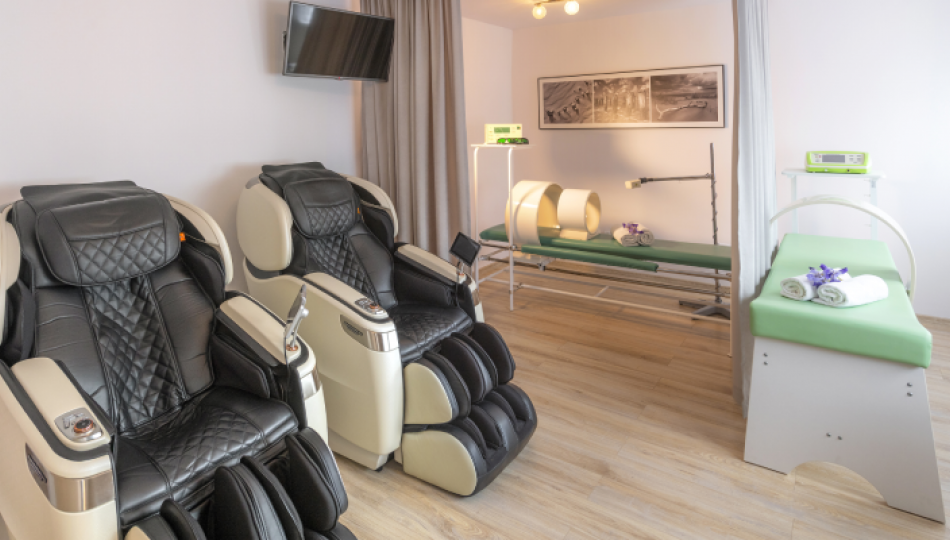
Health resort
Ten villas have survived to our times, built before the war, serving now the heath resort patients. The old leaflets call Sianożęty a small bathing beah, especially recommended to people yearning for a tiny oasis of peace and a cheap accommodation at the seaside. After the war this resort sank into oblivion. However, some time later this village had been discovered anew. Its numerous amenities in the scope of recreation and health are big, aren't they? The 70s bring a thrive to the place. New and new and new hotels, health resorts and school camps are opened. Currently the village gives the impression of a small town that landed from the sea. In Sianożęty, in contrast to Ustronie Morskie, the marine coast here is not of a cliff but a dune nature. The wide, in some parts even up to 40 m wide beach consists of tiny particles of fine, clearly yellow sand. In Sianożęty the pier runs 100 m into the sea, always full of tourists longing for some health-giving iodine.

Tourist attractions
- Mini GOLF – find it on the corner of Kolejowa and Geodetów Street, in Ustronie Morskie.
- Military Bastion referring to a famous black-and white TV series „Czterej Pancerni i pies” („Four tank-men and a dog”) where you can enjoy a tank ride around the military training area. The tank T-55, armoured personnel carriers, armoured cars etc. Address: ul. Koszalińska 98 (98 Koszalińska Street) / the military training area is located at the entrance way to Kołobrzeg.
- PAINTBALL – fancy fun shooting with paint balls. Additionally traditional peas soup with smoked meat and sausages – 5 PLN. Commemorative photos, military souvernirs.
- FORT ADVENTURE – a military adventure for children and adults, regardless of their age. Obstacle course, cross country car, a shooting range, paintball, rope park, landing operation, climbing, line bridge, treasure hunt with metal detector, various games for groups, military equipment exposition. You can organize a campfire, grill party or an occasional event here, as you wish. Address: ul. Bałtycka 1 (1 Bałtycka Street) , Kołobrzeg. It’s your moment of truth!
- Funfair – on the corner of the Bolesława Chrobrego and Kolejowa Street.
- WILD WEST – horse and camel rides, rodeo, wigwams, campfires and scrambled ostrich eggs. Contests for everyone. Zieleniewo Town (outside Kołobrzeg, drive through).
- The Blue Walking Route along the line of the oldest oaks in Poland. An educational yet enormously amusing trail 31 km long leading to Kołobrzeski Forest, bursting with the richness of nature. Numerous marches covered with a mysterious fog make you realise how pristine the place is. That’s the home for the oldest Polish oak named “Bolesław”, in 2000 defined by the researchers as being 800 years old. Barely 2 km further you shall find his fellow „Warcisław”, 640 years old.
- Hortulus – Thematic Gardens in Dobrzyca
- Museum of Polish Arms in Kołobrzeg
- Cod-fishing in Kołobrzeg
- Lighthouse in Gąski dating back to 1878. It is 41 m high. Built due to the local magnetite reserve, causing various magnetic anomalies. The sea aroung the Gąski village bears the name of the “Baltic Bermuda Triangle”.
- All the anglers shall find the Czerwona River (Red River) a delightful attraction, indeed. The water here is full of salmonid fish. What if you have forgotten your fishing-rod? Don’t worry! You won’t be bored! You can also observe the fish from the beginning of September until the end of November – follow the migration of the salmon trout get inside the river to breed.
- Bagicz Airport where touristic flights are organized – both by planes and paramotors and if you are brave enough – also parachute jumping. Yet, flying does not close the palette of local offer, for many sports and recreational events are organized on the premises, like for instance the Paramotor Championships for the Baltic Cup.
